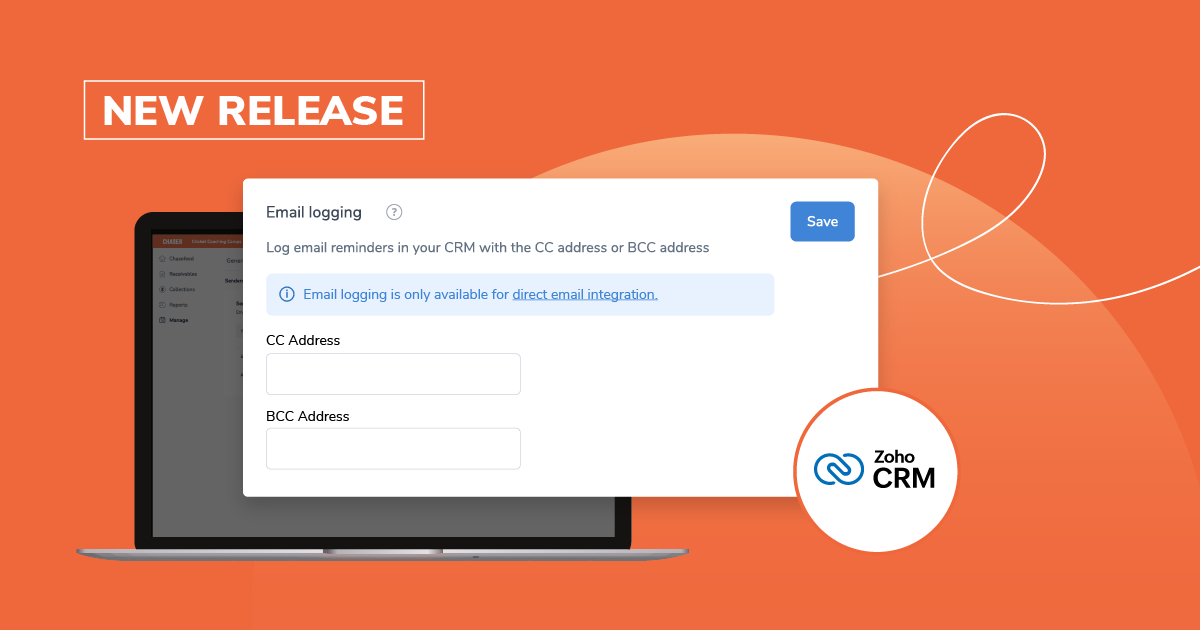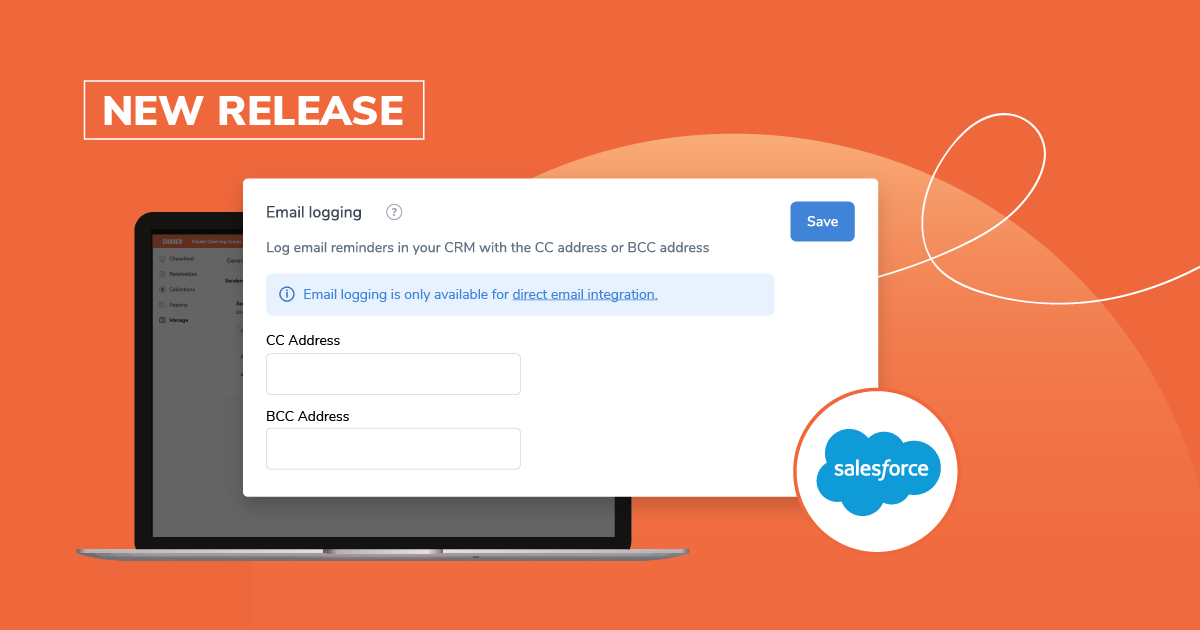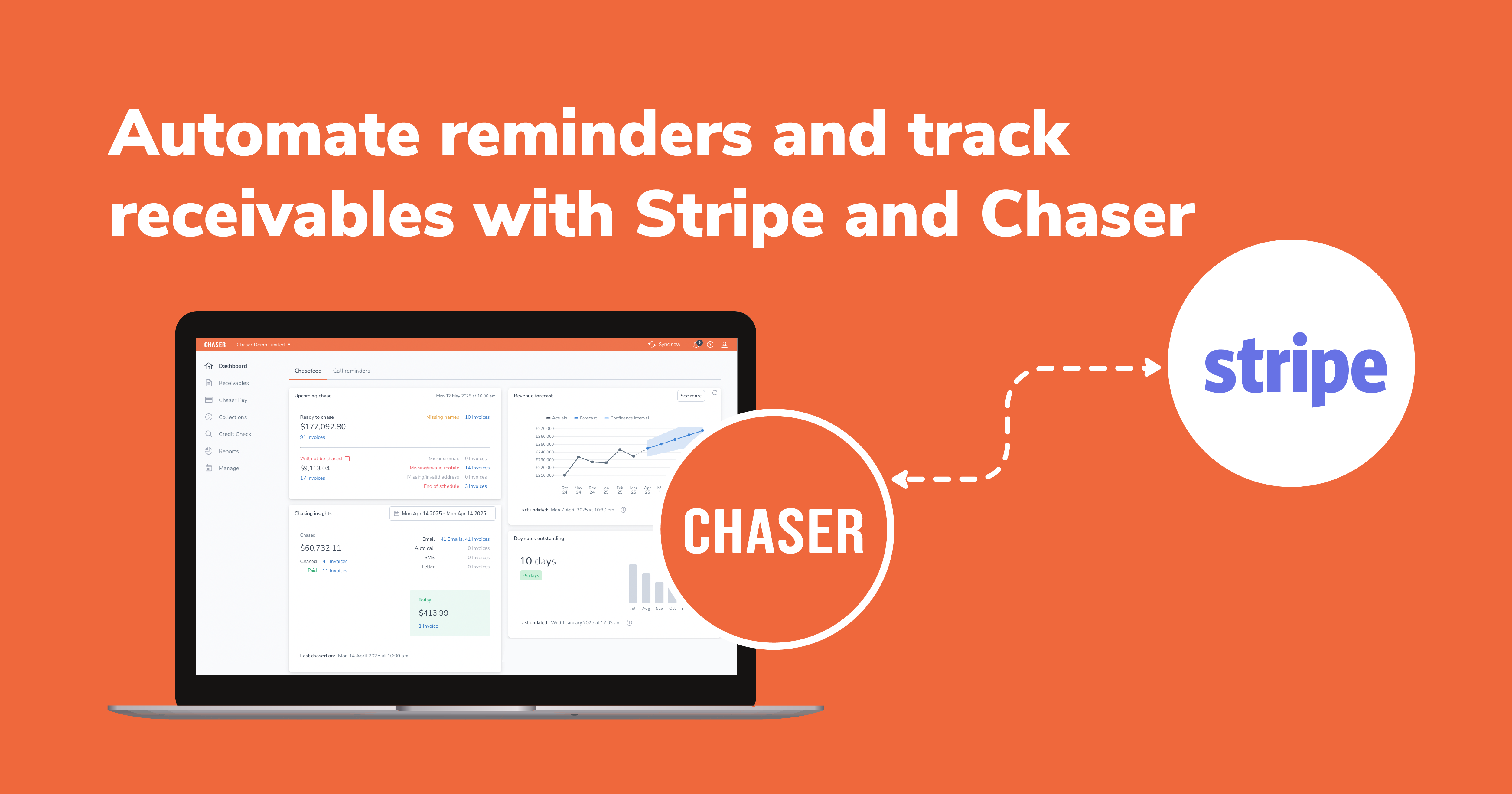Chaser news & blog


Keep your receivables visible: Auto-log Chaser emails in Zoho CRM
Managing accounts receivable is more than just sending reminders — it requires seamless collaboration across...

AI writes debtor email replies for you in Chaser: AI email generator
Artificial intelligence is no longer experimental. A recent McKinsey survey shows 78 percent of organizations...

Keep your receivables visible: auto-log Chaser emails in Pipedrive
Managing accounts receivable (AR) isn't just about sending reminders — it's about ensuring alignment across...

Automate receivables and manage credit risk with Chaser + Sage Intacct
Late payments continue to be one of the biggest barriers to business growth. With credit risk rising and...

Keep receivables visible: Auto-log Chaser emails in Salesforce
Managing accounts receivable takes more than sending reminders — it takes alignment. When your finance team...
_%20What%20it%20is%20and%20how%20it%20works%5D%20Outline.png)
Accounts receivable conversion (ARC): How does it work?
Imagine Sarah, owner of a growing online boutique, drowning in a sea of paper checks. Each week, she spent...
%5D%20Outline.png)
How to write a past due invoice email (with templates & examples)
The persistent struggle with overdue payments is a common pain point for businesses of all sizes. You've...

Automate Stripe Reminders & Track Receivables | Chaser Blog
Late payments aren’t just frustrating—they can be genuinely damaging. They disrupt cash flow, tie up working...

Sage Future | Highlights from the event
Last week, the Chaser team had the pleasure of attending Sage Future 2025, and what a fantastic few days it...

Which Sage are you using? Here's how to find out
Sage offers a wide range of accounting software - such as Sage 50, Sage 200, Sage Business Cloud Accounting,...

Track receivables conversations in HubSpot automatically using Chaser
Keeping a complete record of your customer communications is essential in accounts receivable—especially when...

Accounts receivable subsidiary ledger: What is it and how to use it?
Have you ever found yourself in this situation: your customer wants to extend their line of credit with you,...
